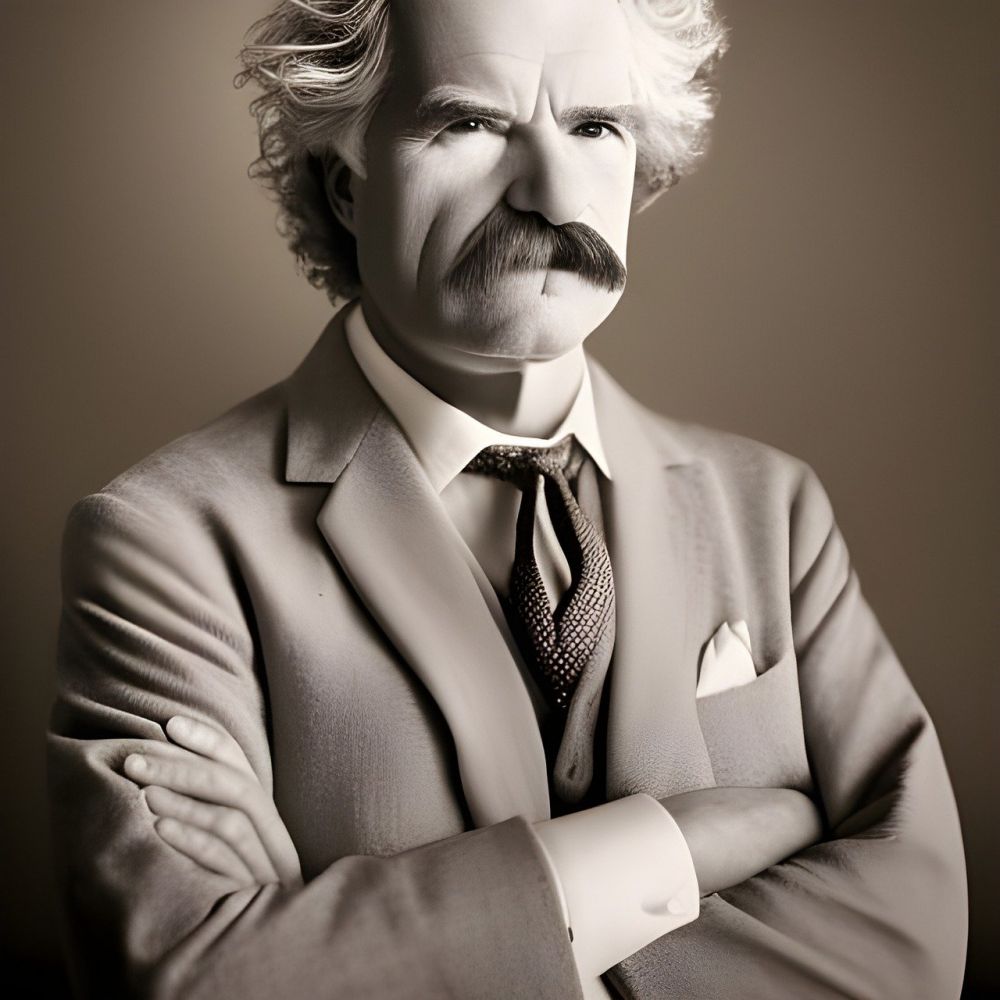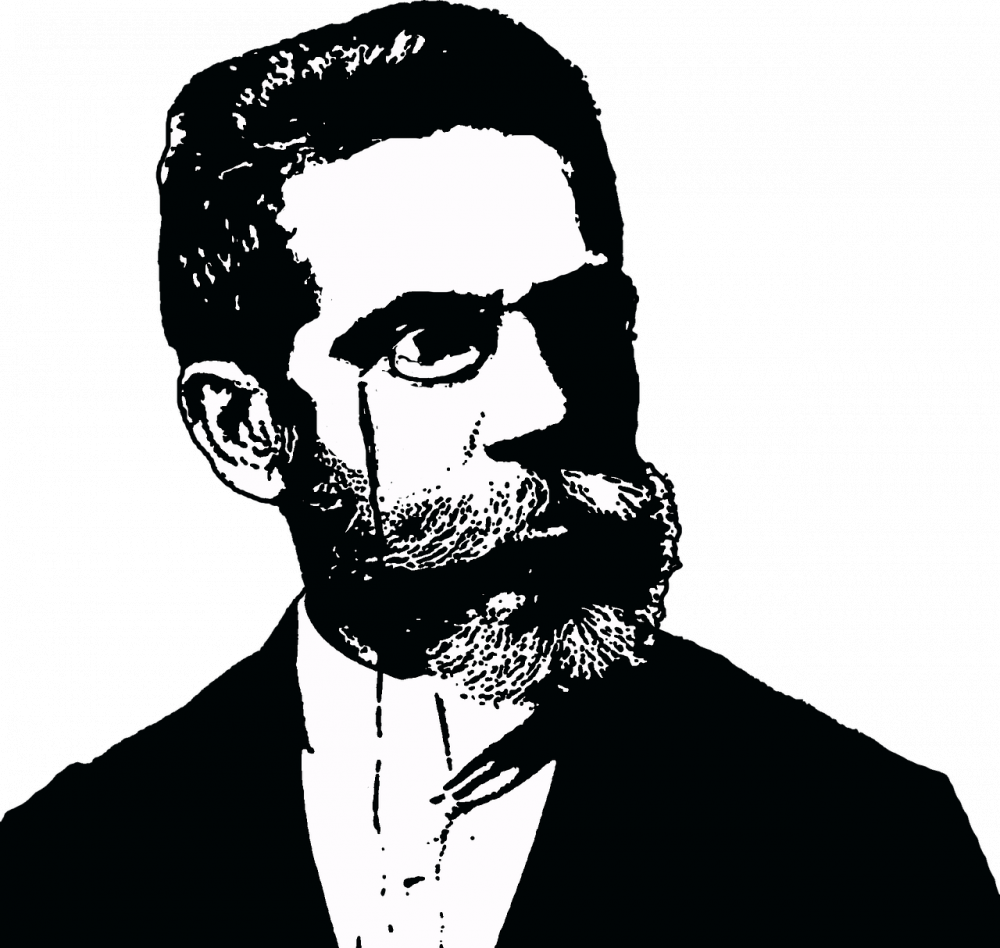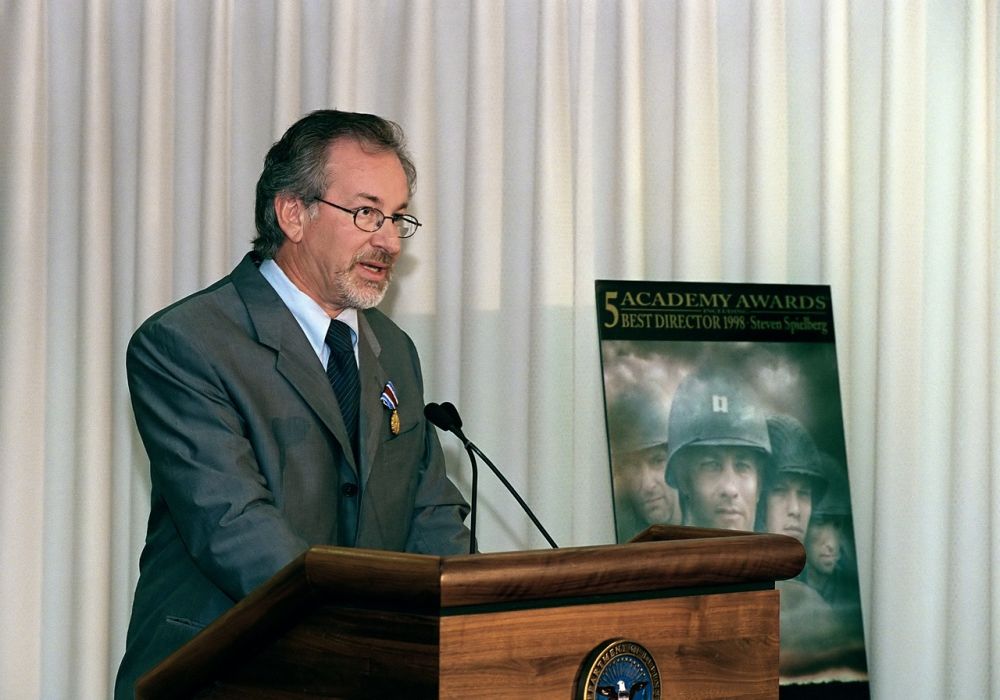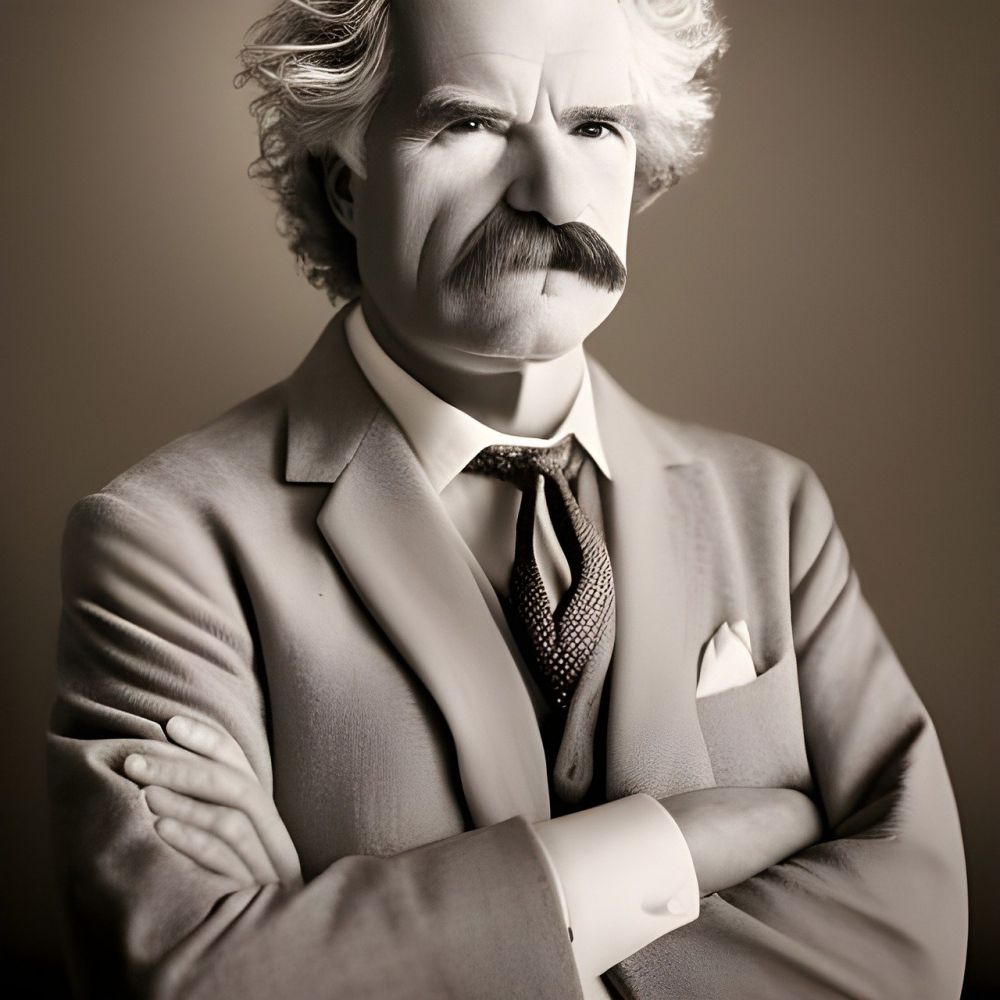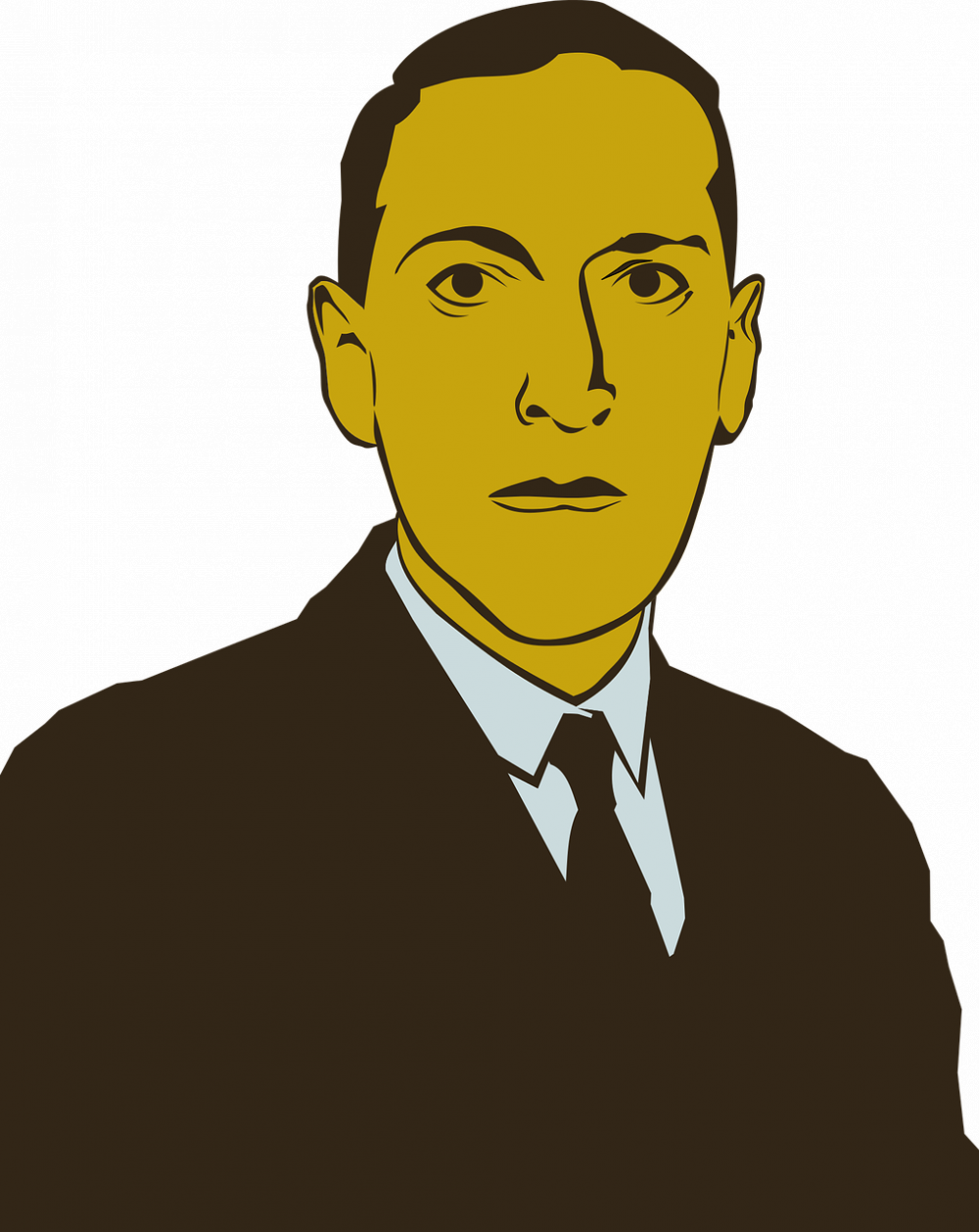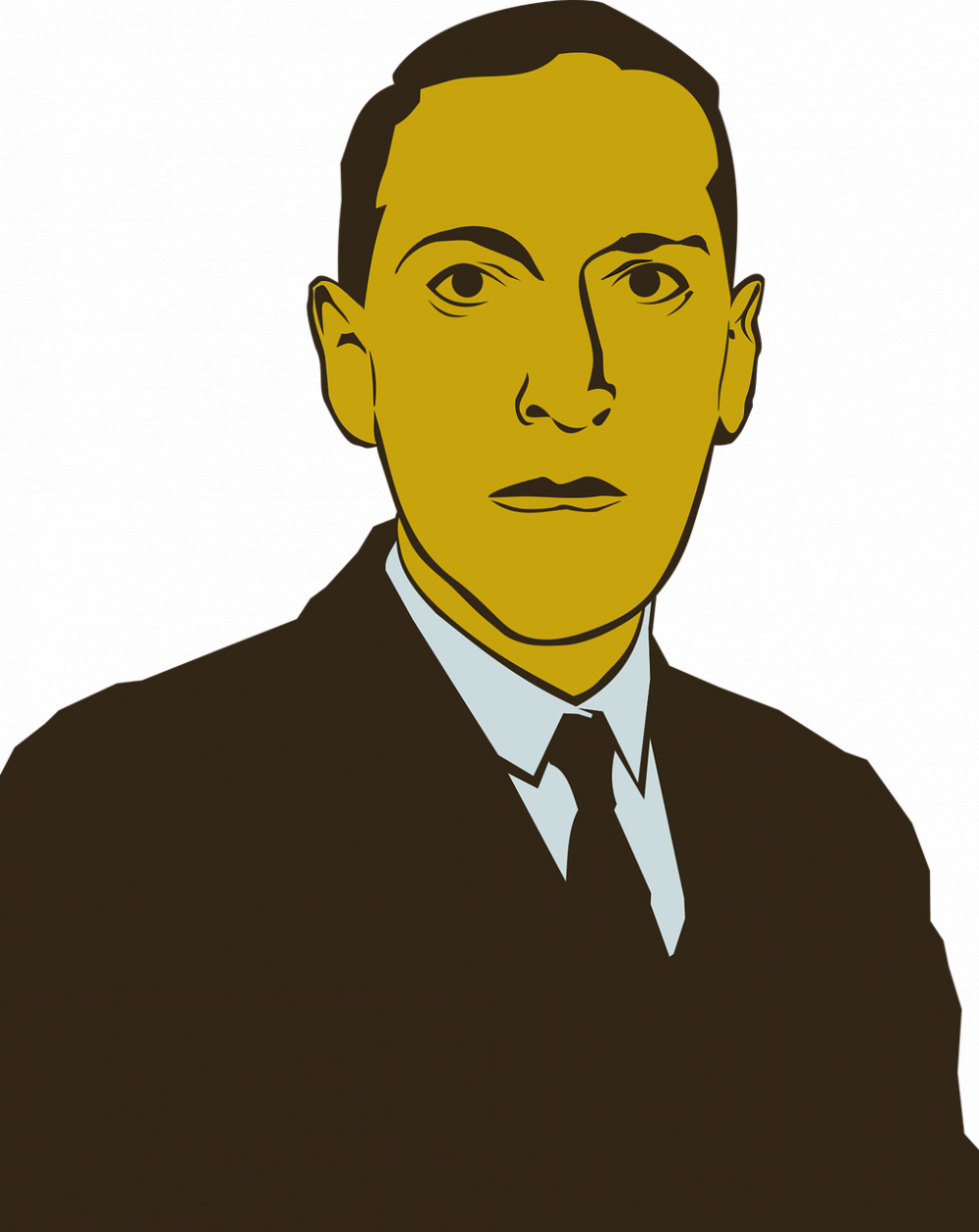Orlando Virginia Woolf: A Journey Through Time
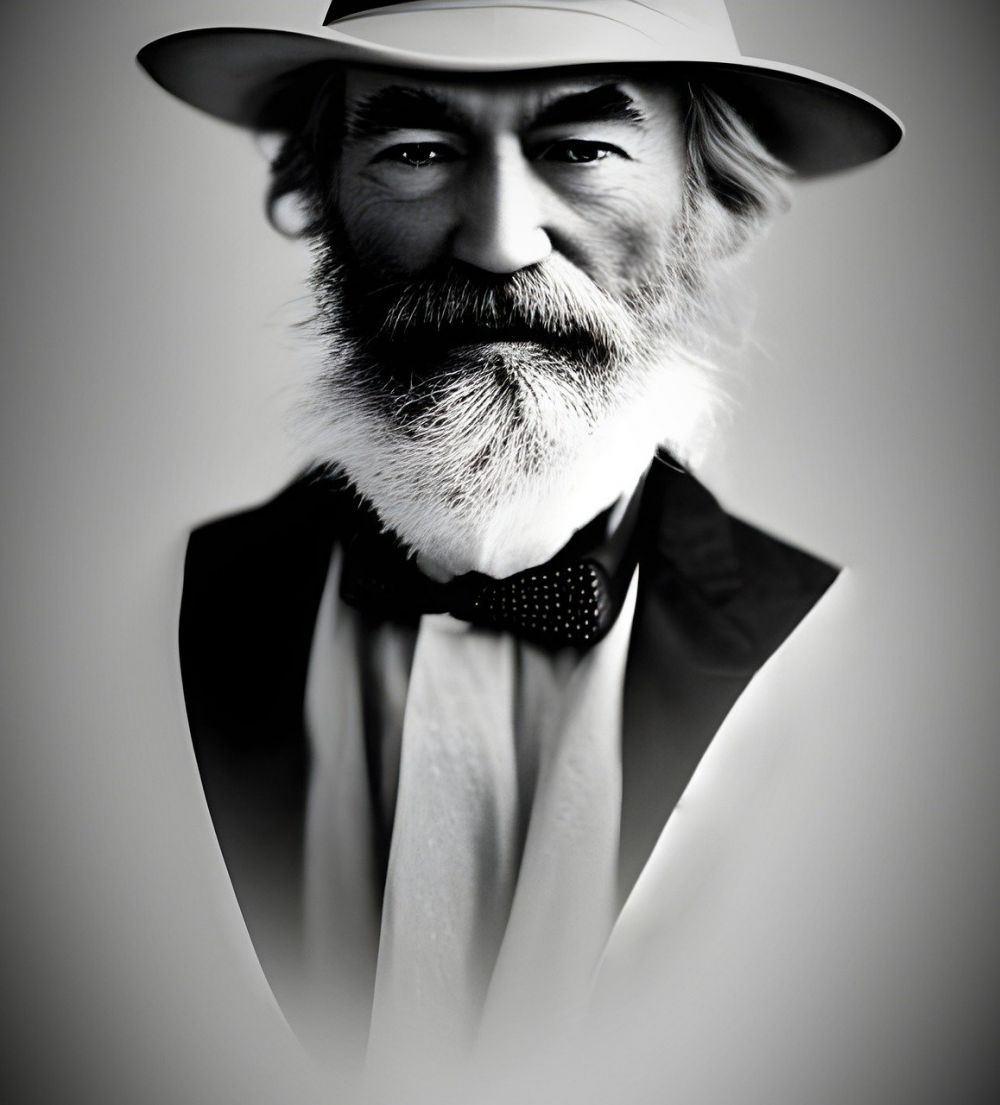
Introduction:
Orlando Virginia Woolf is a groundbreaking novel published in 1928 by the renowned British author, Virginia Woolf. This enchanting work challenges conventional notions of gender and identity, exploring themes of love, self-discovery, and the fluidity of human existence. In this article, we delve into the world of Orlando, examining its historical significance and enduring appeal for those captivated by literature and art.
The Evolution of Orlando Virginia Woolf:
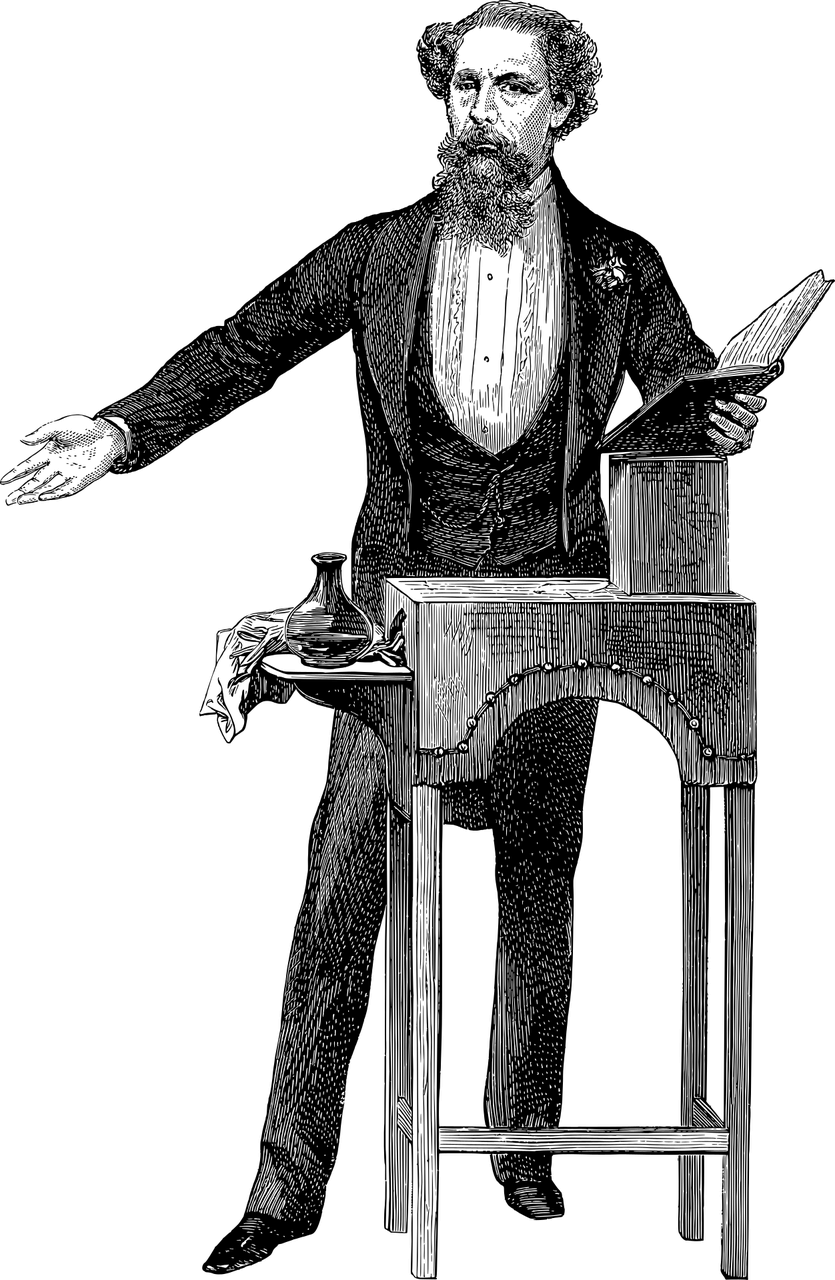
Since its publication, Orlando has mesmerized readers with its unique blend of fiction and biography, and its seamless fusion of genres. Inspired by Vita Sackville-West, Woolf’s lover and renowned poet, the novel traces the life of its titular character through four centuries. Orlando begins as an Elizabethan nobleman and, throughout the centuries, undergoes a miraculous transformation into a woman while remaining the same person.
This artistic masterpiece showcases Woolf’s signature style, characterized by experimental narrative techniques and stream-of-consciousness writing. By blurring the lines between fact and fiction, Woolf challenges societal norms on gender and sexual fluidity, offering a profound exploration of identity and the limitations imposed by society.
Historical Context:
To truly appreciate Orlando Virginia Woolf, it is essential to understand the historical backdrop against which it was created. The early 20th century witnessed significant shifts in society, with the suffrage movement gaining momentum and challenging traditional gender roles. Woolf herself was a pioneering feminist and an active participant in the Bloomsbury Group, a circle of intellectuals and artists who rejected conventional values.
Woolf’s novel reflects the intellectual climate of the time, where discussions on gender, sexuality, and identity were at the forefront of cultural discourse. Orlando served as a tribute to Sackville-West, blurring the boundaries between fact and fiction to explore themes of gender nonconformity and self-expression.
Key Themes Explored in Orlando Virginia Woolf
:
1. Gender and Identity: Orlando’s transformation from male to female provides a powerful commentary on the fluid nature of identity. Woolf challenges the notion that gender is fixed, emphasizing the importance of self-discovery and authenticity.
2. Time and Transformation: Throughout the novel, time serves as a transformative force, enabling Orlando to experience different eras and perspectives. This theme underscores the importance of embracing change and adapting to societal shifts.
3. Love and Desire: Love plays a central role in Orlando, transcending traditional gender boundaries and societal expectations. The novel explores the complexities of human connection and the enduring power of love at its core.
4. Artistic Expression: Orlando Virginia Woolf celebrates artistic creation, highlighting the connection between art and personal liberation. Through Orlando’s journey, Woolf emphasizes the transformative power of artistic expression.
Featured Snippet-Optimized Structure:
Orlando Virginia Woolf: Exploring the Boundaries of Gender and Identity
Introduction: Orlando’s Significance in Literature and Art
The Historical Context: Shaping an Iconic Novel
Key Themes Explored in Orlando Virginia Woolf
Conclusion:
Orlando Virginia Woolf stands as a timeless masterpiece, captivating both literature enthusiasts and art collectors alike. Its innovative narrative style, thought-provoking themes, and exploration of humanity’s ability to transform resonate with audiences across generations. Through Orlando’s extraordinary journey, Virginia Woolf challenges societal norms, leaving us with a profound understanding of the fluid nature of identity and the limitless possibilities of self-discovery.
